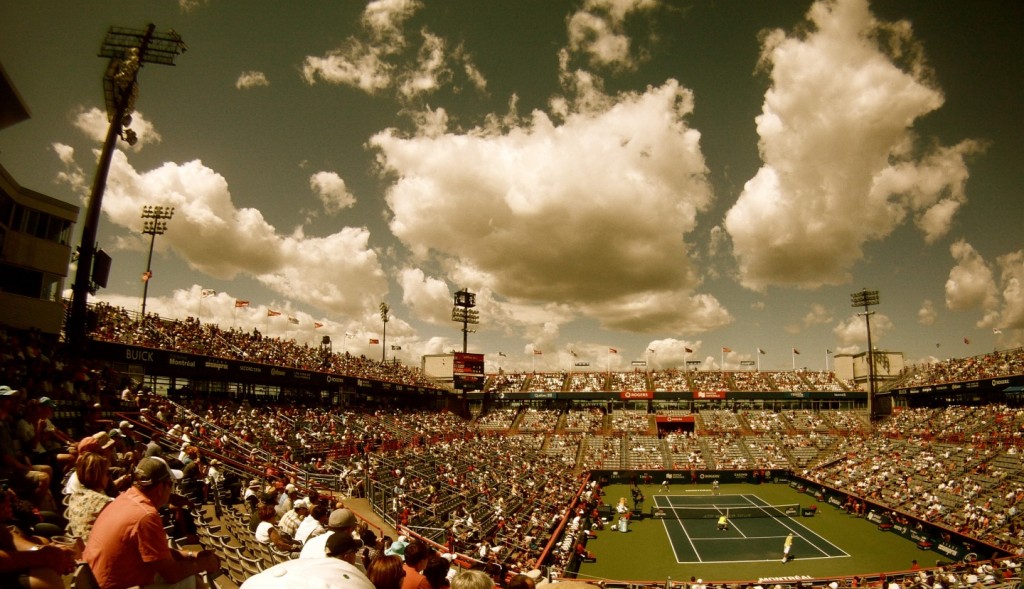
When setting up a geofencing campaign, there are a few things to keep in mind in order to achieve the best results.
Get your content down first. When using geofencing, you’re sending notifications to consumers. Getting your content down first is the foundation to any successful campaign. Know what you are trying to achieve, for example, if you want consumers to make a purchase, sign up for something, or share content with their friends. Give them a call to action, and make sure the content is enticing and relevant.
Double check the location. Geofencing perimeters can cover a wide area. That’s why they’re great for outdoor events and venues. For the best results, ensure that they are accurately placed in order to reach the right customers. You don’t want consumers outside a baseball stadium to receive a deal exclusive to fans watching the game inside.
Size matters. Setting your perimeters too big or too small will affect the success of your campaigns. If the area is too big, the content you deliver might not be relevant enough. If the area is too small, however, you might not reach enough people to achieve the results you want.
Test and retest. It’s important to test that the technology is working properly (people are receiving notifications) but it’s equally important to test different messaging (people are seeing the right notificaitons. With the Tactify dashboard, you can use A/B testing to try different notifications, analyze which messages are being responded to the most, and adjust your marketing to achieve the best results.
Analyze the data. Last, take a look at the data at the end of the campaign. Who responded the most? What demographics did your messaging resonate with? What locations saw the highest traffic? Not only will this data help design your next geofencing or location based marketing campaign, it will give insight into your audience in general. Maybe you’ll discover a new customer base you never considered before!
